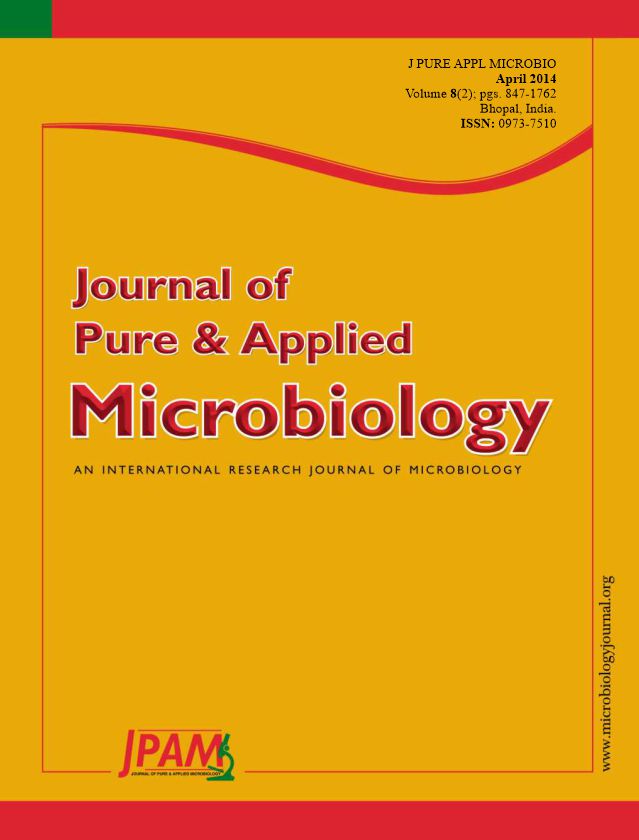Ganoderma boninense, causes basal stem rot disease in oil palm, which leads to severe losses to the palm oil industry. The antagonistic effect of Trichoderma harzianum on G. boninense (a causal pathogen for oil palm) was tested by in vitro and in vivo studies. T. harzianum inhibited the mycelia growth of G. boninense on in vitro plate assay experiment and in vivo on the glass house grown oil palm plants. During the in vivo experiment, at first time point after one month, G. boninense development was found in oil palm root tissues in control plants whereas in T. harzianum treated plants no disease symptoms were observed until at the end of the experiment. It is a broad spectrum approach to use T. harzianum to control G. boninense infection of oil palm.
In vitro, In vivo, Biocontrol, Trichoderma, Ganoderma, Oil palm
© The Author(s) 2014. Open Access. This article is distributed under the terms of the Creative Commons Attribution 4.0 International License which permits unrestricted use, sharing, distribution, and reproduction in any medium, provided you give appropriate credit to the original author(s) and the source, provide a link to the Creative Commons license, and indicate if changes were made.


